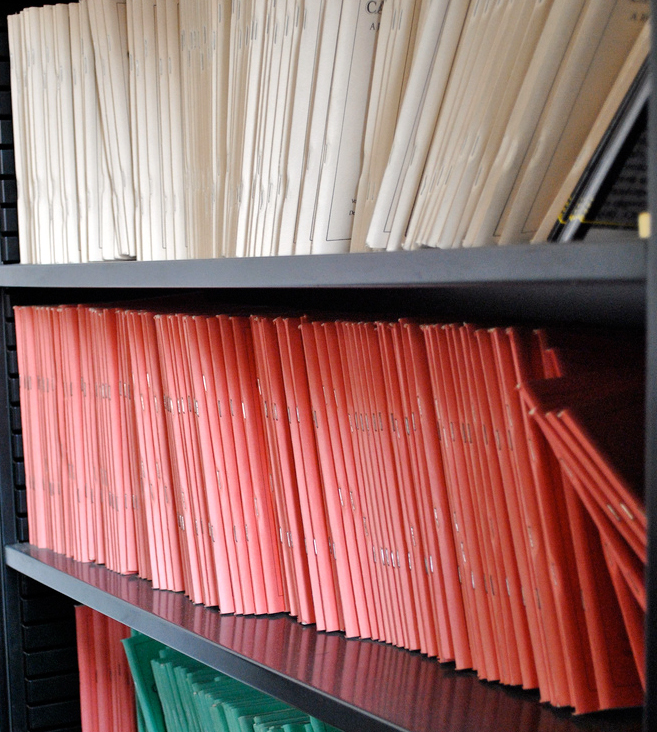GSA’s print academic journal Carte Italiane moves online

The Graduate Students Association’s Carte Italiane academic journal
(pictured above) was recently published online to allow free access.
By Shweta Saraswat
Feb. 23, 2010 5:19 a.m.
Deep in the Graduate Students Association archives lay dozens of copies of Carte Italiane, a cultural studies academic journal published by the GSA that was available only through subscription.
As piles of the print copies went unsold this year, the graduate student publishers decided it was time to also put the journal on the Internet ““ for free.
The recent move by the GSA to make this publication and many others more widely available is part of an ongoing debate between publishing academic works in traditional, often expensive print journals and taking the open-access route.
Open-access journals are academic publications generally available online at no charge to the reader. Authors or institutions usually foot the bill that would otherwise be paid for through subscriptions that could cost thousands of dollars.
The idea is to make information that would have otherwise been circulated only within the academic community more widely available, especially in developing countries where there are not enough resources to acquire expensive print journals.
“With open access, the promises of more openness in publication meshes with the library’s mission … to provide that very broad access so there is a very free flow of information in the academy, in the community and in the world,” said Sharon Farb, associate university librarian for collection management and scholarly communication.
The University of California’s eScholarship Web site is an example of an open-access scholarly database that provides a variety of academic material, including Carte Italiane, free of charge to anyone interested.
Like articles in traditional journals, most open-access articles go through a peer-review process before being published, according to presidential chair and information studies Professor Christine Borgman.
“The question of the quality of the journal is determined largely by who the editorial board is and how rigorously things are reviewed,” said Borgman, who has written a book on scholarship in the digital age. “It has nothing to do with the price of the journal. There are very expensive journals that are not prestigious, and free journals that are very prestigious.”
The funding issues behind free journals have not been completely sorted out yet, according to Murtha Baca, head of digital art history access at the Getty Research Institute.
“I think (open-access) is the future, but one problem is how does the business model work?” Baca said. “If you make (articles) freely available online, it costs less money than producing a print publication, but there’s still a cost involved in creating a valid journal. You need to pay for copy editors, web designers. … Nobody has figured out the business model yet.”
What is understood is that the subscription price for traditional print journals has increased to the point that even institutions like libraries and the Getty Museum are having trouble affording them, Baca said. The international economic recession has only accelerated this trend.
Open access therefore is sometimes seen as a way of democratizing the information otherwise only accessible to those who could pay for it.
But for researchers wanting to publish their own work, there is a dilemma between wanting to have their articles widely published and also be under a prestigious, established journal.
“Even though two journals are equally prestigious, you have to realize that still in the world of academia there is a bias toward the traditional sort of model of publishing,” said assistant Professor Ramesh Srinivasan. “Especially at an institute like UCLA, it is incumbent upon us to be top scholars, to be widely known, and that kind of goes with the systems that have been put in place already.”
Graduate students, free of tenure-track pressures, are experimenting more with open-access publishing, according to Srinivasan.
“Generally speaking, there is a political and cultural sensibility that’s about the power of making things free and open, digitally speaking, in our world,” Srinivasan said. “A lot of grad students are believing that they really should stand for that change … and a lot of them have decided to take the lead on that approach.”
As the director of publications for the Graduate Students Association, doctoral student Stacey Meeker said her fellow graduate students are very receptive to the idea of open access.
“There is a kind of refreshing spirit among grad students that if there is going to be reform and a reconceptualization of what scholarly communication is, then it’s going to have to come from the grad students themselves,” Meeker said. “They are the future … and there is really a desire to know more about (open access) and be able to push academia in that direction.”


